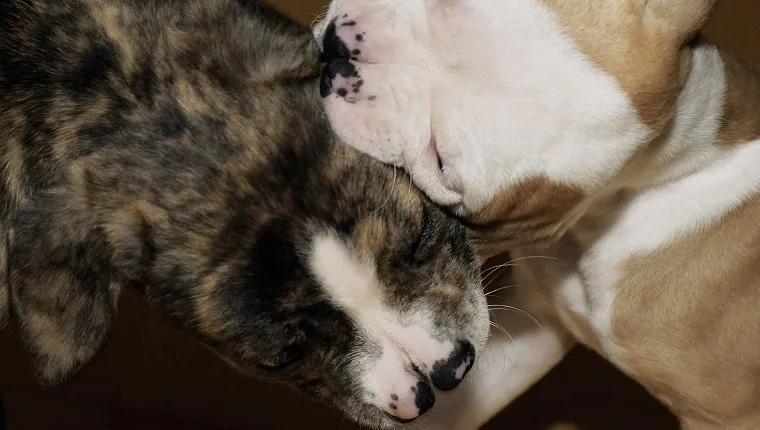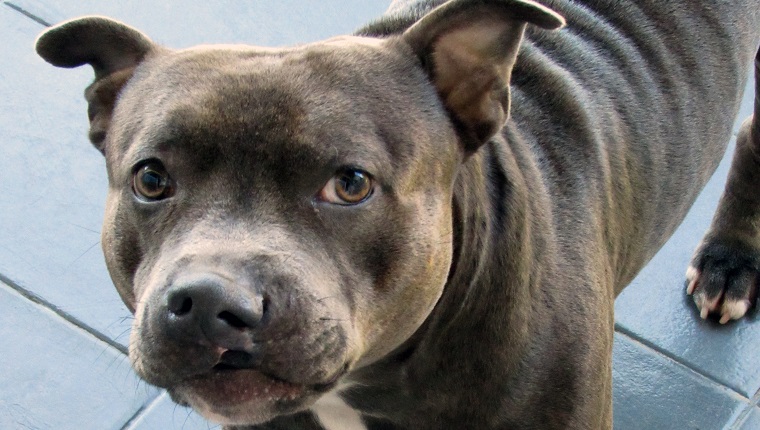Cleft palate in dogs is a medical condition where an opening appears along a dog’s palate, which is the roof of the mouth. It can lead to problems that affect eating and growing, especially in puppies who need to suckle their mother’s milk to avoid becoming malnourished.
In cases of newborn puppies, the condition can prove to be life threatening. In general, purebred and flat-faced (brachycephalic) breeds of dog seem to develop this issue more than other canines.
If you see signs that your dog has issues or symptoms affecting their mouth, then you must consult your veterinarian for a proper diagnosis and advice. Here’s what you should know about the symptoms, causes, and treatments of cleft palate in dogs.
Symptoms Of Cleft Palate In Dogs
Cleft palate in dogs can produce a number of symptoms. Some of the most common symptoms include:
- Problems nursing
- Lung infections
- Coughing
- Breathing issues
- Not growing properly
- Cleft lip
Causes Of Cleft Palate In Dogs

The cause of cleft palate in dogs can be either congenital, meaning present at birth, or acquired.
In congenital cases, the palate is not able to properly fuse. Some of the factors that might cause this to occur include nutritional issues, genetic factors, and viruses.
When it comes to acquired cases, causes may include periodontal disease, trauma, and the presence of foreign bodies in the mouth.
In general, purebred dogs and brachycephalic dogs are most at risk of developing this condition. Some of the most common breeds of dog that suffer from it include French Bulldogs, Shih Tzus, and Miniature Schnauzers.
Veterinary Treatments
If you suspect that your dog has developed a cleft palate, your veterinarian will want to physically examine your dog. Most times, it is easy to confirm a diagnosis through an oral examination.
Vets may also use X-rays and other imaging methods to check for other related medical conditions.
When it comes to treatment, vets most commonly recommend a surgical correction of the issue. In some cases, other techniques might include the use of bone grafts, stem cells, and plasma injections.
Young pups who are diagnosed with the condition often need to be fed via a tube until they are old enough for a surgery. In many cases, vets might suggest a period of switching to a soft food diet. Your vet can help to formulate a safe and healthy feeding regimen for your dog.
Have you ever adopted a dog who suffered from a cleft palate? What steps did your vet take to treat the issue? Tell us all about it in the comments below.









